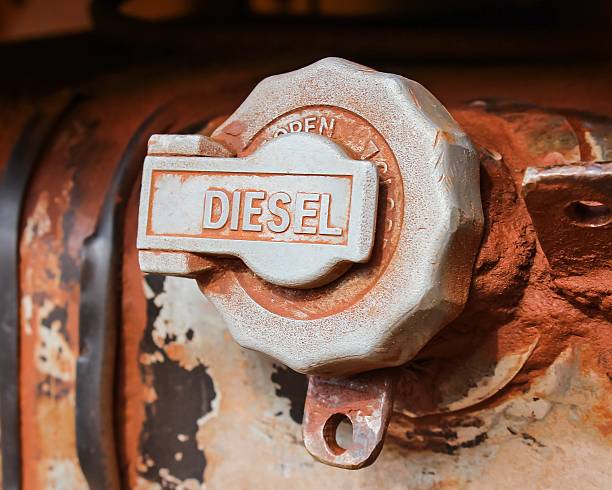
ILSAC GF-6 Motor Oil Standard: Essential Insights for Modern Engines
Why ILSAC GF-6? Your Engine’s New Rulebook, Explained Simply
Let’s cut to the chase: Modern engines are pickier than a cat with a food bowl. To hit stricter fuel economy goals and slash emissions, automakers swapped old-school engines for smaller, turbocharged gas direct-injection (TGDI) powerplants. These tiny turbos are awesome—efficient, powerful—but they come with a catch: They hate low-speed pre-ignition (LSPI). Think of LSPI like a engine temper tantrum—fuel-air mix ignites too early, causing knock, damage, or even catastrophic failure. Enter ILSAC GF-6: the new oil standard built to keep these high-strung engines happy.
Why a New Standard? Old Rules Couldn’t Keep Up
Here’s the tea: Older oils just aren’t cut out for TGDI engines. Take LSPI—research shows oil can play a role in sparking those premature explosions. So, while the API cooked up SN PLUS as a stopgap (back in 2018!), ILSAC got to work on GF-6. But wait—why not just update the old standard? Because TGDI engines need more: better LSPI protection, cleaner operation, timing chain wear defense, and a boost in fuel efficiency. Oh, and there’s that new SAE 0W-16 viscosity grade—thinner, sleeker oil for modern engines. Problem? Most older engines can’t handle 0W-16. Hence, GF-6 splits into two:
- GF-6A: The “legacy lover.” Works with 0W-20, 5W-20, 0W-30, 5W-30, 10W-30 (but not 0W-16). Backward-compatible—your old engine’s safe.
- GF-6B: The “0W-16 specialist.” Only for engines that need that ultra-thin oil. No backward compatibility (unless your OEM says so), and it’s got a fresh shield logo to prove it.
Wait, Why 0W-16? And Why a Separate Standard?
ILSAC’s big on “evergreen” standards—new ones replace old ones, not coexist. But 0W-16 is different. It’s the future (thinner = better fuel economy), but most older engines? They’re not built for it. Using 0W-16 in a grandpa engine? Bad news. So GF-6A keeps the old guard covered, while GF-6B serves the new wave. Simple enough, right?
What’s LSPI, Anyway? Think “Engine Fireworks”
LSPI is like a firecracker in your engine. At low speeds and high loads, fuel-air mix ignites before the spark plug says so. Cue knocking, reduced power, or even a blown engine. TGDI engines are prone because their high-pressure fuel injection and tight spaces create hot spots. Oils matter here—bad oil can fuel the fire. Good oil (like GF-6-compliant stuff) cools things down, cutting LSPI risk. GM even beat the curve with its dexos1™ Gen 2 spec back in 2011, but GF-6 is the big leagues.
Does Your Car Need GF-6 Oil? Check Your Manual
If your ride used GF-5 before? GF-6A’s your upgrade—it plays nice with old and new. If your manual screams “0W-16 only”? Grab GF-6B. Pro tip: Don’t mix them up. Using GF-6B in an older engine? Unless your OEM greenlights it, you’re asking for trouble.
How to Spot GF-6 Oil? Look for the Logos
GF-6A oils sport the classic ILSAC starburst symbol (that star with “ILSAC” inside). GF-6B? It’s the new shield—only on 0W-16 bottles. No logo? Probably not compliant.
The Bottom Line
ILSAC GF-6 isn’t just a rulebook—it’s a lifeline for modern engines. Whether you’re driving a trusty sedan or a shiny new turbo, GF-6 oils (A or B) keep things running smooth, clean, and LSPI-free. And hey, TERZO’s got your back—we’ve been ahead of this curve since day one.
Short version: New engines need new oil. GF-6 delivers—backward-compatible, 0W-16-ready, LSPI-fighting. Your engine will thank you.




